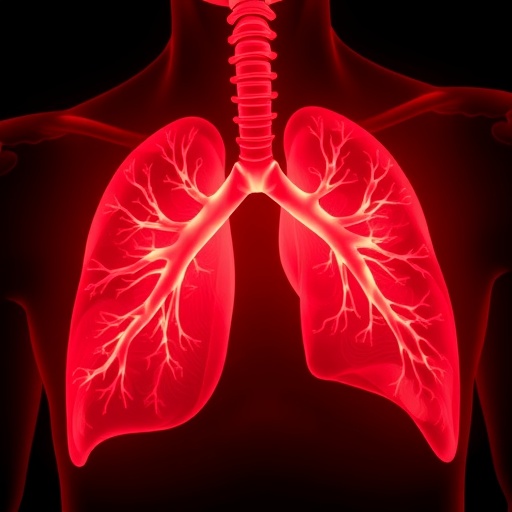Results underscore need for urgent action to reduce air pollution, particularly in overburdened areas

Credit: Getty Images
WASHINGTON (March 31, 2021)– New research published today in the journal Environmental Health Perspectives from Environmental Defense Fund and the George Washington University shows air pollution takes an enormous toll on health in the San Francisco Bay Area, and the impacts vary dramatically within neighborhoods. The magnitude of the health burden from pollution demonstrates the need for urgent action to cut air pollution and protect health, particularly in areas facing the highest impacts.
The analysis estimated that exposure to particle pollution (soot) resulted in more than 3,000 deaths and 5,500 new childhood asthma cases every year in the Bay Area. Exposure to the traffic-related pollutant nitrogen dioxide also had alarming health impacts, resulting in more than 2,500 deaths and 5,200 new childhood asthma cases every year. While the impacts of these pollutants are not additive, the findings illustrate the massive harm caused by air pollution to adults and children in cities.
These health impacts vary dramatically from street-to-street, and some communities experience a much larger burden. In certain areas, death rates resulting from pollution are more than 30 times higher than in others. And for asthma, while traffic-related air pollution accounts for an average of 1 in 5 new childhood asthma cases across the Bay Area, pollution is responsible for up to 1 in 2 cases in some areas.
Further, using this analysis, Environmental Defense Fund found stark racial disparities in the impacts of air pollution. Specifically, neighborhoods with higher percentages of people of color face, on average, double the rate of pollution-related childhood asthma compared to predominantly white neighborhoods.
“Despite major improvements in air quality in the United States over the last 50 years, air quality has not improved equitably,” Susan Anenberg, an associate professor at the George Washington University Milken Institute School of Public Health and corresponding author on the study, said. “Increasing availability of data on air pollution levels and disease rates at the neighborhood scale can help us take action to reduce those inequities.”
This health impact assessment makes visible the cumulative impacts of pollution and health disparities at a hyperlocal scale by using air pollution data from street-level mobile monitoring and satellites, combined with local population and health information. These methods can be used in other cities worldwide to evaluate the impacts of air pollution and identify areas to target mitigation efforts where they will have the largest health benefit.
By using local air and health data, this analysis revealed large disparities in the health impacts of air pollution and identified hotspots of impacts that would not have otherwise been recognized. Specifically, using less-detailed health data underestimated the deaths attributed to pollution by up to 50% in Oakland compared to data that captured health disparities within the city. This could have important implications for decision-makers seeking to allocate resources equitably or target areas for air pollution mitigation, particularly because typical health impact assessments do not use local health and air data.
“We find local level datasets, such as the Google Street View measurements and local level rates of disease, help us determine which neighborhoods are at greatest risk,” Veronica Southerland, a PhD candidate at the George Washington University Milken Institute School of Public Health and lead author on the study, said. “Without using these datasets, we might miss important disparities in the health burden of air pollution.”
This research, supported in part by a NASA grant, builds on Environmental Defense Fund’s previous work with Google Earth Outreach and other partners in Oakland, which deployed Google Street View cars to create a large, spatially precise dataset of mobile air pollution measurements within Oakland. This latest research shows how pollution can contribute to health disparities, as it disproportionately impacts neighborhoods burdened by existing health conditions.
“Across the world, people living in cities – from the young to the elderly – are impacted by air pollution. But we know that this harm is not equally distributed,” Ananya Roy, Senior Health Scientist at Environmental Defense Fund and a co-author on the study, said. “This study develops methods and shines a light on the major disparities in air pollution’s impacts on communities at an unprecedented block by block scale, providing actionable information for decision-makers and advocates.”
###
Learn more about the assessment and explore the disparities in air pollution’s impact on childhood asthma in EDF’s new interactive maps.
-GW-
Media Contact
Kathy Fackelmann
[email protected]
Original Source
https:/
Related Journal Article
http://dx.





